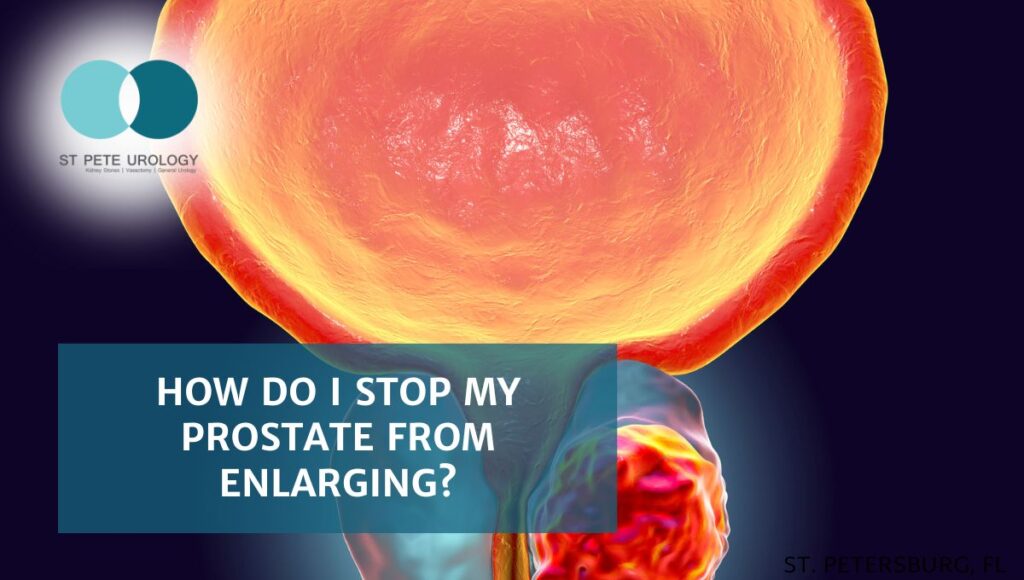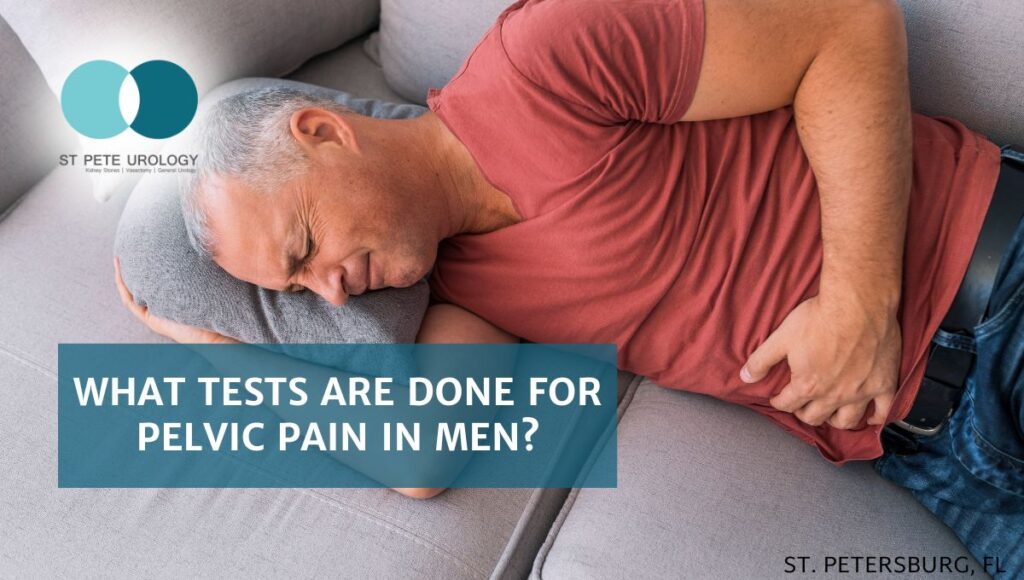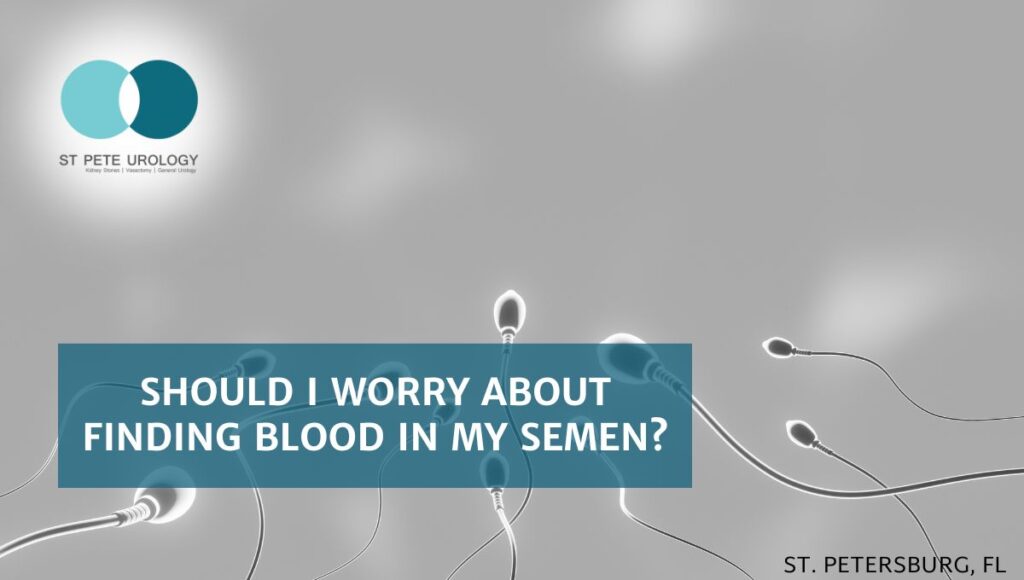Overactive bladder (OAB) is not just an embarrassing and annoying condition. It can have serious impact on every aspect of your life. For instance, it can compel you to avoid vacations, dinner outings and other social events, miss out on valuable time with friends and family, or lose out on many hours of sleep. Fortunately, there are safe and effective ways to treat the condition and restore your life back to normal. Minor cases of OAB can be effectively treated with pelvic muscle exercises, bladder training and absorbent pads, while severe cases can be successfully treated with medication and surgery.
The 4 best treatments for overactive bladder are:
1. Bladder training
As a non-drug remedy with almost no side effects, bladder training helps to change how you use the bathroom and allows you to gain control over your bladder. Through scheduled voiding (urinating at set times of the day), you can learn to control the urge and gradually overcome embarrassing symptoms. Bladder training should begin with waiting for a few minutes before voiding and progressively increase to one hour or more between your bathroom visits.
2. Pelvic floor exercises
Carefully selected exercises can strengthen muscles that control urination and in turn relieve overactive bladder symptoms. During pelvic exercises, such as biofeedback and kegel exercises, you voluntarily tighten, hold and relax muscles responsible for starting and stopping urine flow and gradually regain control over your bladder.
3. Medications
If a specific cause is identified, overactive bladder can effectively be treated using appropriate drugs. For instance, if a urinary tract infection is the underlying cause, antibiotics can be used to alleviate the symptoms. Likewise, topical application of estrogen vaginal cream can be used to relieve OAB symptoms associated with atrophic urethritis.
Drugs commonly used to treat overactive bladder include:
- (a) Anticholinergics: This group of drugs relieves symptoms by blocking nerve signals associated with involuntary contraction of bladder muscles. The drugs also reduce the urge to go to the bathroom and increase bladder capacity. Examples of anticholinergics are Darifenacin (Enablex), Tolterodine (Detrol), Fesoterodine (Toviaz), Trospium (Sanctura), Oxybutynin (Oxytrol) and Solifenacin (Vesicare).
- (b) Antidepressant imipramine hydrochloride (Tofranil), which relaxes the muscles of the bladder and relieves symptoms.
- (c) Botox: When injected into the bladder muscles, Botox causes them to relax and minimizes involuntary muscle contractions. Botox also boosts bladder capacity. However, Botox is only recommended when oral medications, bladder training and exercises have failed.
4. Surgery
Urologists opt for surgery as a last resort when medications and behavioral therapy have failed. There are many surgical options available for treating overactive bladder, including sacral nerve neuromodulation and percutaneous tibial stimulation, which typically are used for severe overactive bladder symptoms. For successful treatment of OAB, urologists often combine two or more treatments such as combining behavioral interventions with oral medications.
Other measures for alleviating overactive bladder symptoms include:
- Limiting the intake of bladder irritants such as caffeine and alcohol.
- Cutting down excess weight.
- Avoiding spicy foods, citrus fruits, chocolate and tomatoes.
- Avoiding artificial sweeteners, which tend to aggravate symptoms.
At St Pete Urology, we have successfully treated overactive bladder for decades. Through open and candid conversations with patients, carefully selected treatments that depend on the underlying cause of symptoms and patient-oriented goals, we can help you to get back to your old routine quickly. Visit us today for evaluation and help with your overactive bladder symptoms. For more information, visit the “St Pete Urology” site.





